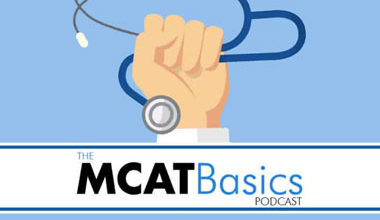Electromagnetism is a critical component of physics, playing a pivotal role in everything from circuits to medical imaging technologies like MRIs. It is also a crucial topic for the MCAT, appearing frequently in the physics and chemistry sections.
In this episode, Sam Smith breaks down the fundamental concepts of electricity and magnetism. Sam walks through the basics of static electricity, charge conservation, and Coulomb’s Law and explains how moving charges create currents and the forces exerted by electric and magnetic fields.
Visit medschoolcoach.com for more help with the MCAT.
Jump into the conversation:
(00:00) Intro
(01:44) How charge is defined: positive and negative
(03:31) History of charge and the amber effect
(05:02) Static electricity and the conservation of charge
(07:26) Conductors vs. insulators
(09:22) How electrostatic force is governed by Coulomb’s Law
(10:52) Understanding electric fields
(16:27) The relationship between electric field strength and distance
(18:17) How moving charges create a current and electric potential
(22:23) Different types of magnetic materials and their behavior
(25:45) How magnetic fields are visualized and understood through field lines
(28:32) The right-hand rule explained
(33:22) How magnetic forces act on moving charges and currents
(40:01) The application of electromagnetism in MRIs
(44:55) MCAT Advice of the Day

